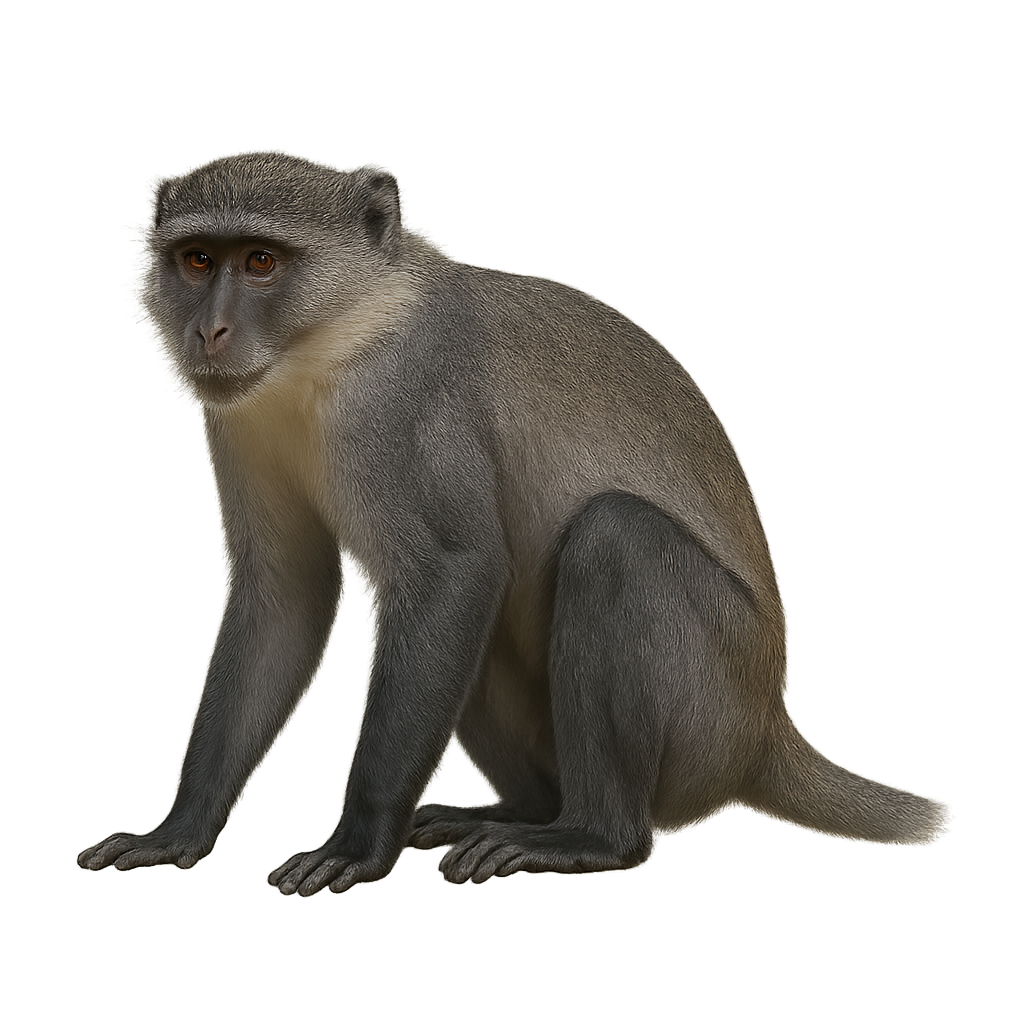Your wildlife photography guide.
Explore the dian's monkey in detail, study its behavior, prepare your shots.
Where to observe and photograph the dian's monkey in the wild
Learn where and when to spot the dian's monkey in the wild, how to identify the species based on distinctive features, and what natural environments it inhabits. The WildlifePhotographer app offers tailored photography tips that reflect the dian's monkey’s behavior, helping you capture better wildlife images. Explore the full species profile for key information including description, habitat, active periods, and approach techniques.
Dian's monkey
Scientific name: Cercopithecus mitis

IUCN Status: Least Concern
Family: CERCOPITHECIDAE
Group: Mammals
Sensitivity to human approach: Suspicious
Minimum approach distance: 5 m
Rut period: June to August
Gestation: 160-170 jours
Births: November to January
Habitat:
Primary tropical rainforests, humid forests
Activity period :
Primarily active during the day, with peak activity in the morning and late afternoon.
Identification and description:
The Diademed Monkey is a primate of the Cercopithecidae family, native to the tropical forests of Central Africa, primarily in the Democratic Republic of Congo, Uganda, and Kenya. This monkey is recognizable by the crest of hair on the top of its head, forming a 'diadem,' from which it gets its name. The Diademed Monkey is a social animal living in groups and feeds primarily on fruits, leaves, and insects. It is also known for its complex vocalizations and marked social behaviors, communicating with other group members to establish relationships and organize movements.
Recommended lens:
200 mm – adjust based on distance, desired framing (portrait or habitat), and approach conditions.
Photography tips:
Photograph the Diademed Monkey using a telephoto lens to capture the details of its crest and facial expressions. As these monkeys are diurnal, it is best to photograph them early in the morning or late in the afternoon when the light is softer. Be discreet and patient, as this primate can be quite shy and often hides in the foliage.
The WildlifePhotographer App is coming soon!
Be the first to explore the best nature spots, track rutting seasons, log your observations, and observe more wildlife.
Already 1 430 wildlife lovers subscribed worldwide

